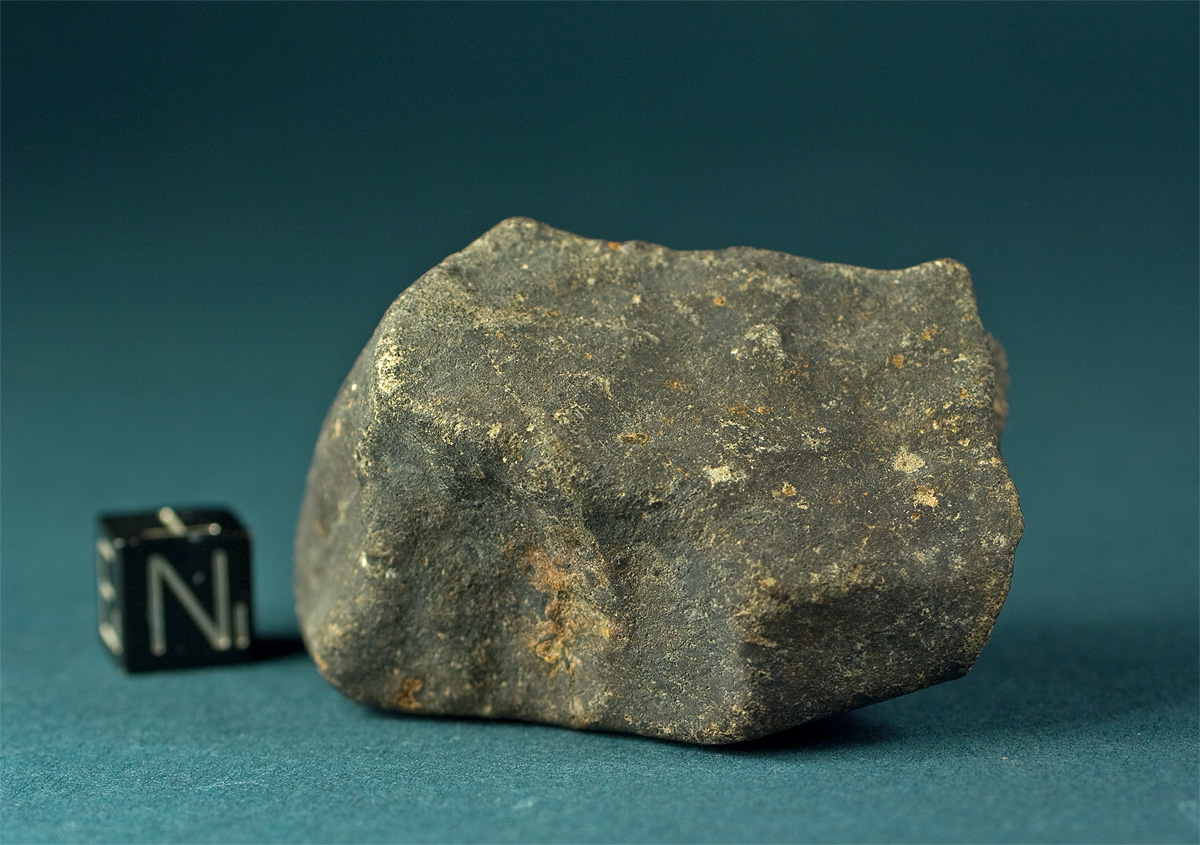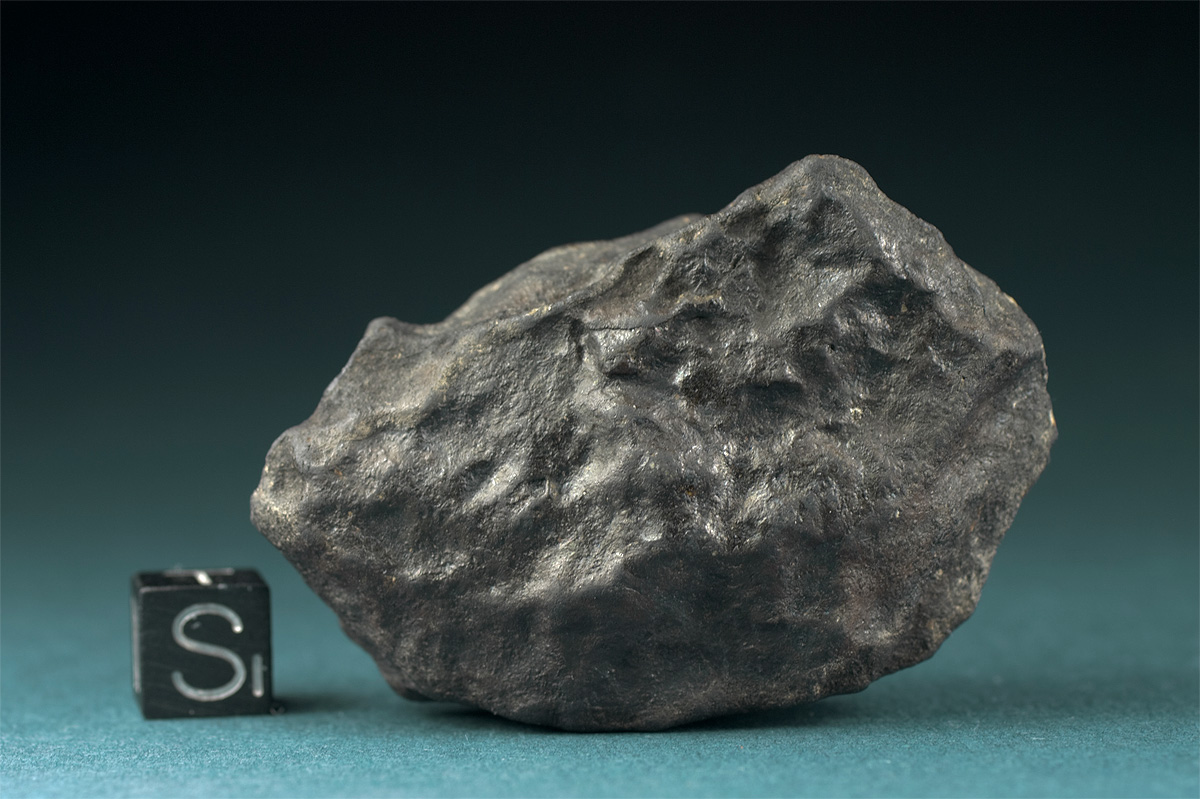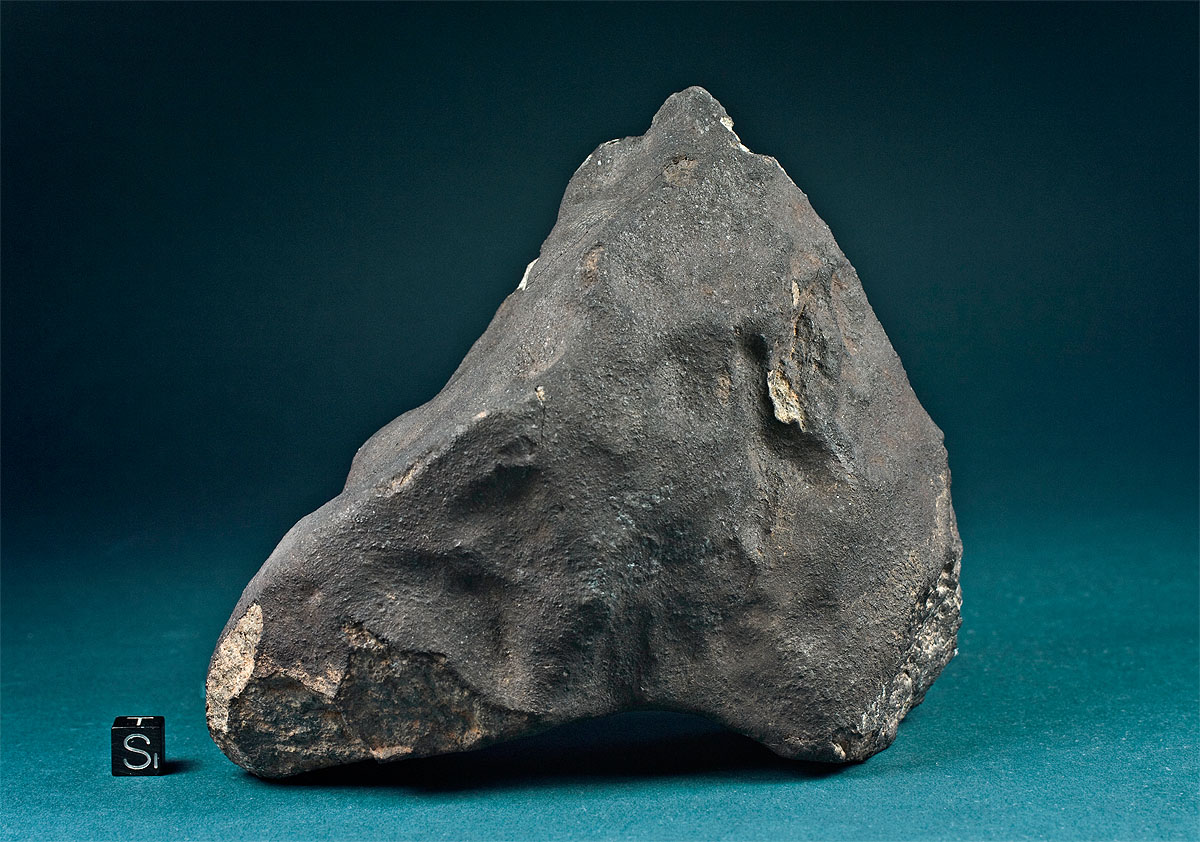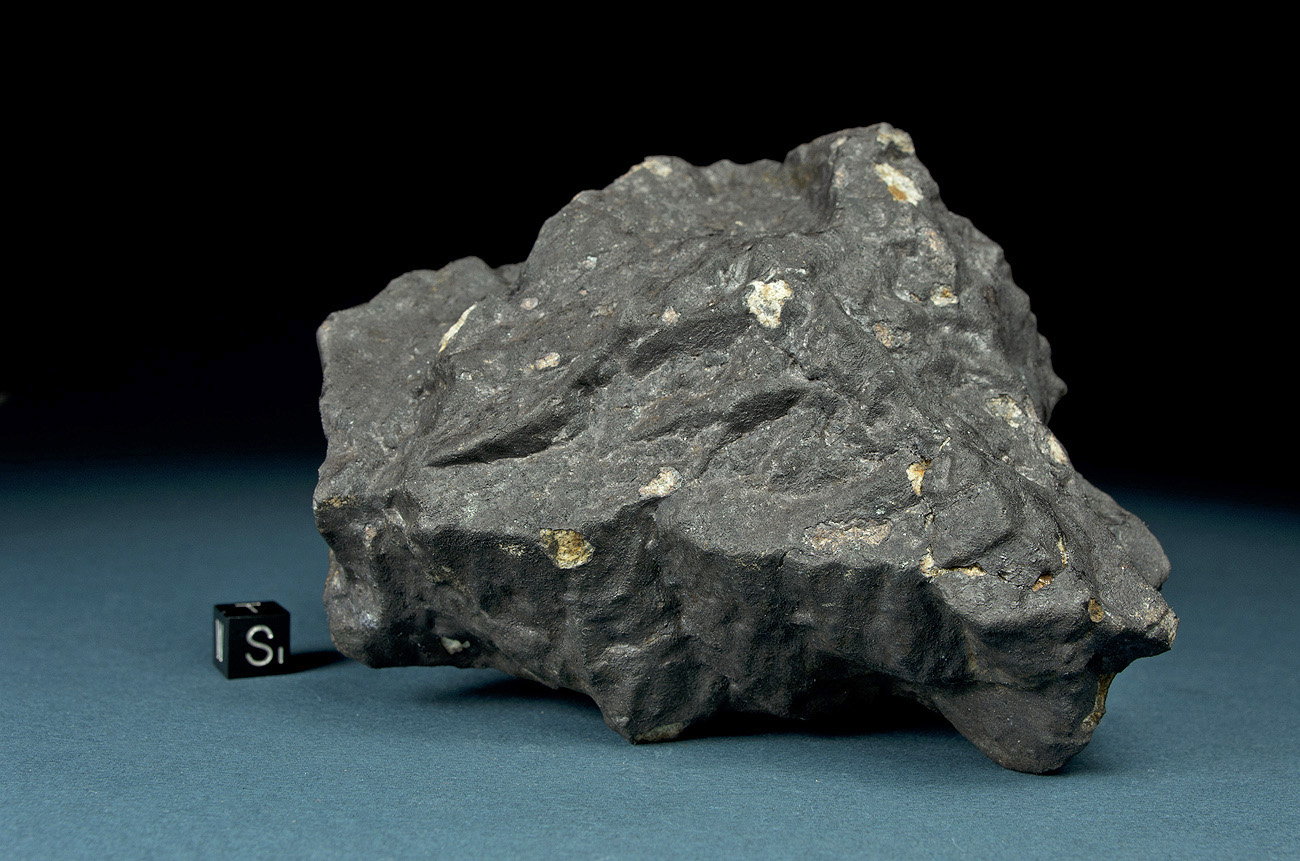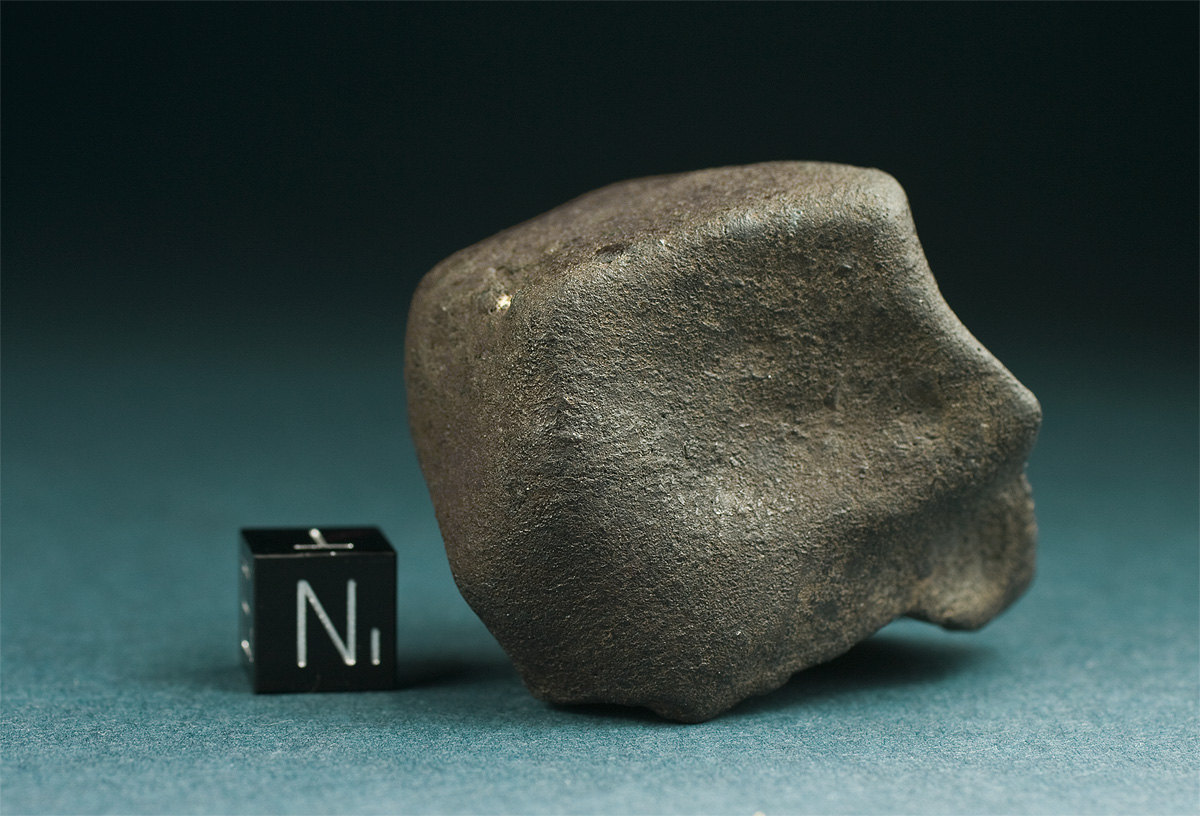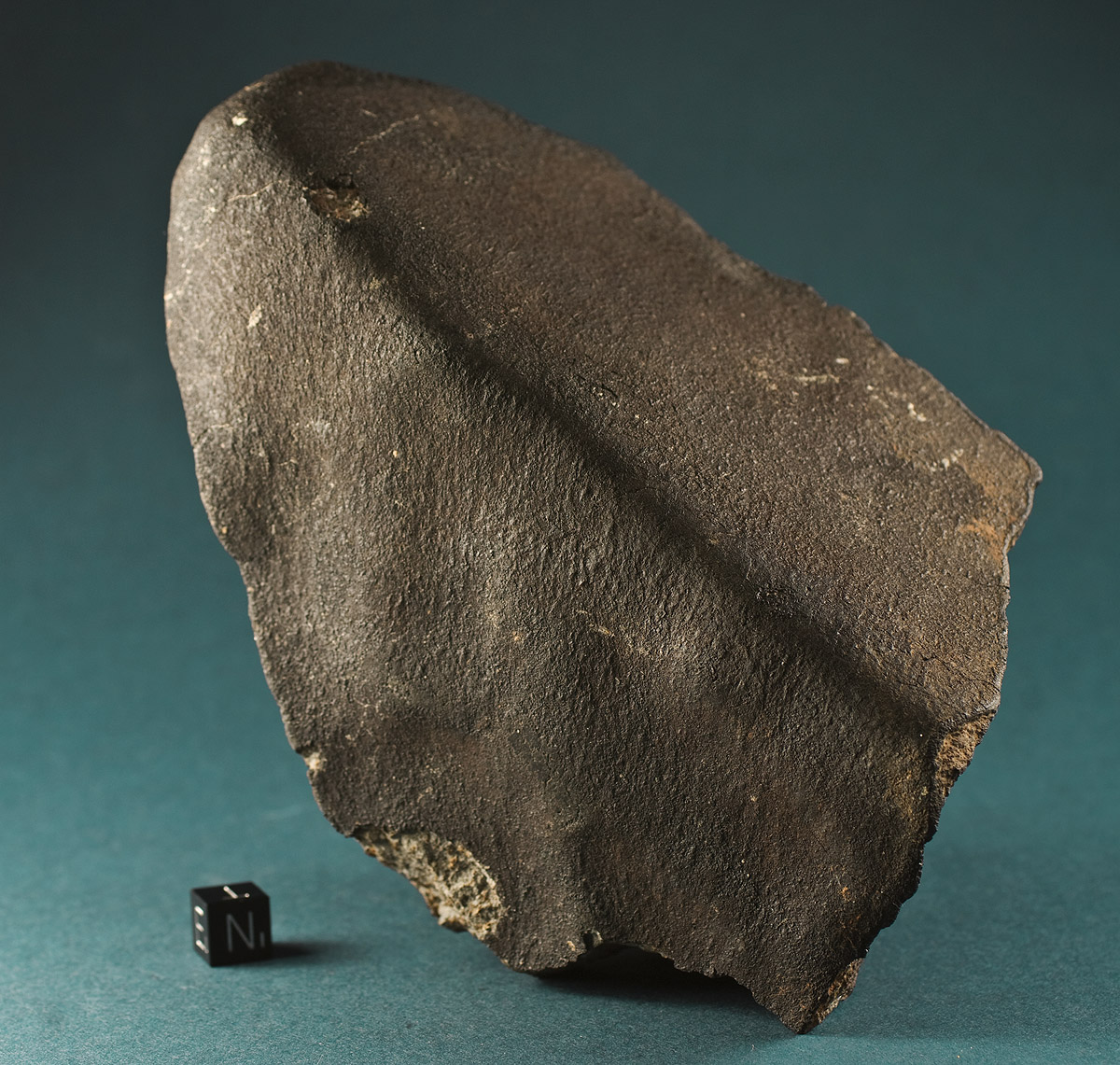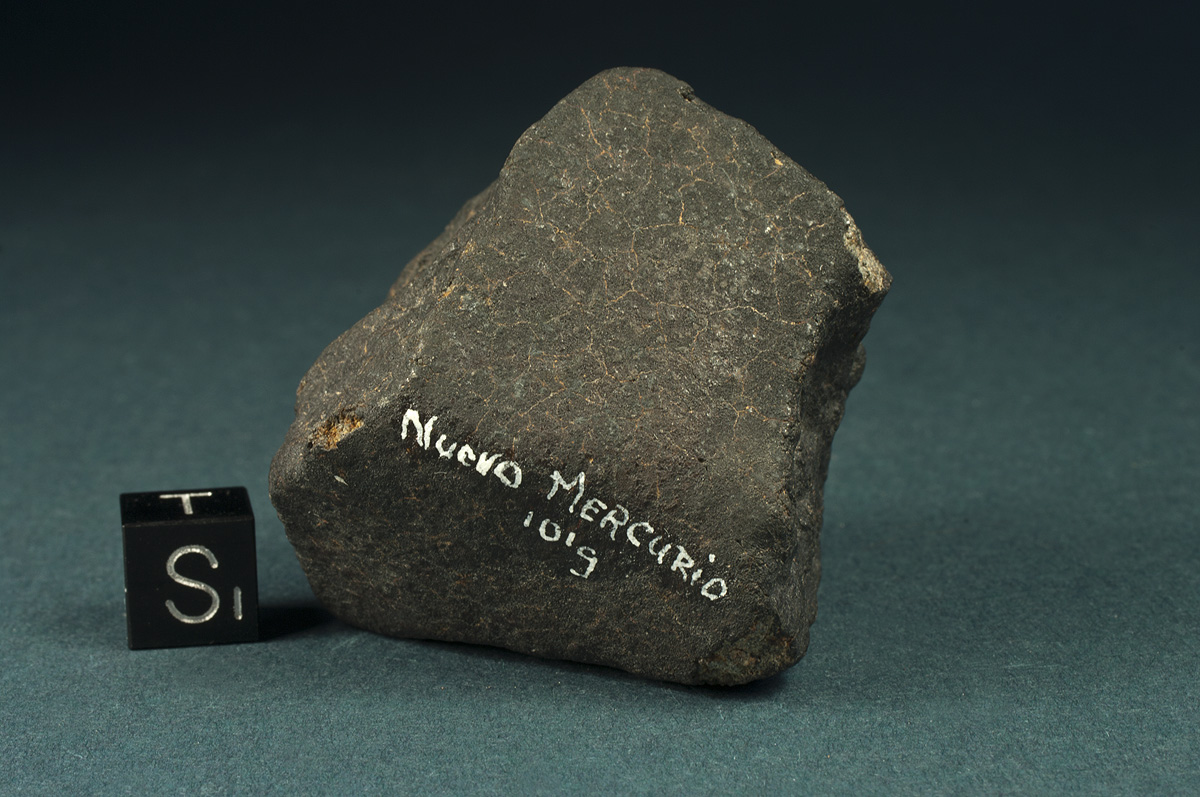Meteorite Recon | Witnessed Falls
Meteorite search expedtions into continental deserts, meteorite features, collection specimens and photography
Meteorites, Meteorite, meteoritic, iron, meteorites, photos, pictures, in situ, strewnfield, strewn field, impact, fall, finds, Meteorite searching
150
archive,paged,tax-portfolio_category,term-witnessed-falls,term-150,paged-3,eltd-core-1.0.1,ajax_fade,page_not_loaded,,borderland-ver-1.8, vertical_menu_with_scroll,smooth_scroll,paspartu_enabled,paspartu_on_top_fixed,paspartu_on_bottom_fixed,transparent_content,grid_1300,wpb-js-composer js-comp-ver-6.0.3,vc_responsive,elementor-default,elementor-kit-6471
Stone, chondrite, L6, W0
Tenham Station, South Gregory, Western Queensland, Australia
Fall: Feb., March or April 1879, between 2 and 3 a.m. local time
TKW: >200 kg
Individual 98.90 g
Bright meteors were seen moving roughly from east to west. More than 300 stones were subsequently recovered from a 12 x 3 miles strewn field at Tenham Station, Western Queensland. Remarkably and unlike most other falls, the larger masses of Tenham fell at the beginning of the strewn field and not at the end of the distribution ellipse. (see Brian Hellyer: “The Mass Distribution Of An Aerolithe Shower – Tenham, Queensland, 1879”). The pictured specimen is a fully crusted individual displaying only a slight dust patina on the otherwise well preserved fusion crust.
Stone, chondrite, H5, W0
Shandong Province, China
Fall: February 15 1997, 23:23, Bejing time
TKW: >100kg
Individual 102.20 g
“A shower of small stones (>1000 individuals) fell near the Yellow River after a brilliant fireball with smoke and sparks terminated in a loud, resonating explosion. The fall ellipse measured ~10.5 x 4.3 km, oriented east-west. The largest recovered piece weighed 2.7 kg, and the total mass is >100 kg. One fragment was reported to have penetrated a roof and landed in a pot on a stove.” Met. Bull 82. This specimen is a kidney shaped individual with secondary fusion crust on four surfaces. The fall fresh fusion crust displays numerous delicate regmaglypts and flow features.
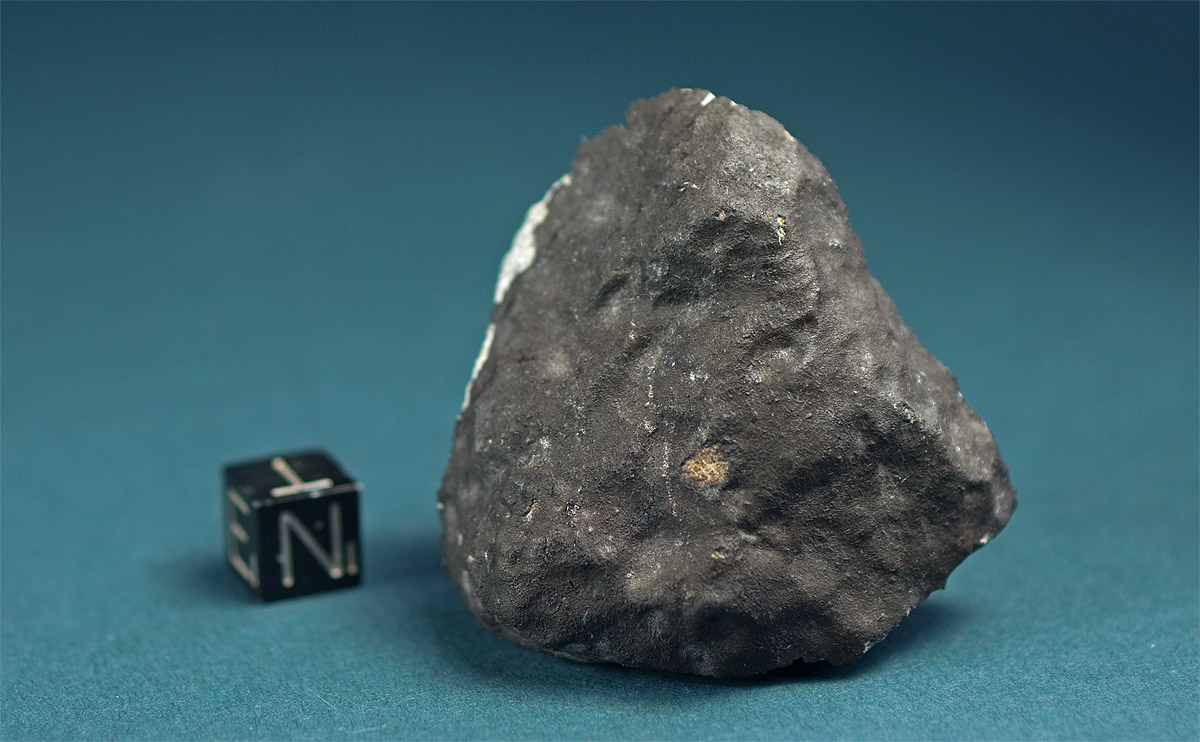
Stone, chondrite, LL6, W0
Aztec Railway station, Navajo County, Arizona, USA
Fall: July 19, 1912, between 6.30 and 6.40 p.m. local time
TKW: >210kg
Fragment 79.20 g
After several loud detonations more than 14000 meteorites fell near the Aztec Railway yard, six miles east of Holbrook. The fall was witnessed by hundreds. As the sinking of the Oceam liner HMS Titanic in April of the same year, the news of the event soon spread worldwide via telegraph. Until today the Holbrook meteorite is considered among the most important meteorite falls in the history of the US. The pictured specimen was taken from a larger mass at the Mineralogical Museum of Harvard University and subsequently acquired for the Sal Avella collection. Later it was part of the Langheinrich meteorite collection. The fragment displays one surface coated with secondary fusion crust and a second fragmented surface with a large troilite aggregate. There is no oxidation visible on the meteorite. Specimens like this have become hard to acquire on the market.
Stone, chondrite, H5, S3, W0
Tamdakht, Quarzazate province, Morocco
Fall: December 20, 2008, 22:37 local time
TKW: ~100kg
Individual 2007 g
After a spectacular and long lasting fireball travelling from west to east in a near horizontal trajectory more than ten masses fell 10 – 15 km north east of Tamdakht in the High Atlas. The first meteorites were found by the help of local nomads in early January. This particular mass (Tiguert n’Ait Farss 01) was found on January 17 about 3 km from the village of Tiguert n’Ait Farss. The meteorite displays thick primary fusion crust on the largest surface and a thin layer of secondary fusion crust on opposite surface, as well as secondary crust on a corner that was sheared off during the last stage of the hot flight (lower photo).

Stone, chondrite, H5, W0
Kirin Province, Manchuria, China.
Fall: 8 March 1976, 1501 hrs
TKW: >4MT
Individual 269 g
“At about 15 hrs (Bejing time) on March 8, 1976, a meteorite shower of unprecedented scale occurred in the northern part of the district of Kirin, Kirin Province. […] . At about 15:01 hrs a red fireball bigger than the full moon and moving southwestward was sighted by some dozens of townspeople of Hsinglung Payen county Heilungkiang Province. During the fireball’s flight over a distance of 300 – 400 km, the incandescent fireball was being observed overhead by thousands of people. During the flight the meteorite body underwent several small explosions and many small fragments fell one after another. A violent breakup occured when the main body of the fireball was over the northeastern part of the Chinchu.” (A Preliminary Survey Of The Kirin Meteorite Shower, by the Joint Investigation Group of the Kirin Meteorite Shower, Academia Sinica, October 1976). Until present, the 1170 kg main mass of the Jilin meteorite is the largest stone meteorite on earth. The collection specimen pictured is an individual of 269 g that was found in the village of Jintun.
Stone, chondrite, LL5, S4, W0
Chelyabinsk Oblast, Russia
Fall: 15 February, 2013, 03.22 UT
TKW: ~1 MT
Individual 772.0 g
Pristine 772 g Chelyabinsk individual. The position and course of shock planes can clearly be seen under the thin layer of secundary fusion crust that covers all surfaces of the specimen. Rough edges and coarse texture point to a late-stage fragmentation shortly prior to the transition into dark flight. Despite the large number of recovered meteorites, Chelyabinsk specimens of this size are rare. The 772 g individual ranks number 31 in the mass-sorted register of documented finds.
Stone, chondrite, L6, W0
E. of Estancion La Criolla, 15 km WNW. of Concordia, Entre Rios province, Argentina.
Fall: 6 January, 1985, 1815 hrs.
TKW: ~45 kg
Individual 81.0 g
“After a bright fireball and many detonations, tens of meteorites fell over a 7 x 10 km ellipsoid area E. of Estancion La Criolla. Three fragments recovered weighed 6.1 kg, 1.95 kg and 750 g” (Met.Bull. no. 64). Today the 6.1 kg stone is in Los Angeles, University of California. The pictured specimen is a fully crusted individual with a nice set of flow lines on two surfaces. One surface shows secondary crust coating a fracture. Traded from jnmczurich.
Stone, chondrite, H3-6, S3, W0
Saguia el-Hamra, Western Sahara
Fall: 1998 August 4 or 5
TKW: 175 kg
Individual 1995.1 g
“A meteorite fall was witnessed on a mountain in the vicinity of Zag, Morocco. About 175 kg have been sold by local people to dealers and collectors under the names Zag, Sagd, and Tan-Tan” (Met.Bull no. 83). The pictured specimen is an individual with six surfaces. Three are fully coated with thick primary fusion crust, two show thin secondary crust and one displays only a light degree of darkening indicating a successive break up which lasted until the final stage of the hot flight. Bright impact marks and traces of clay which have penetrated fractures and fissures of the meteorite bear witness to a violent contact with a Western Sahara gravel floor. Zag is a regolith breccia and became famous when liquid water bearing halite chrystals were discovered in it. Specimen traded from jnmczurich.
Stone, chondrite, H5, W0
10 km northeast Nuevo Mercurio, Zacatecas, Mexico
Fall: 15 Dezember 1978, 18:50 hrs local time
TKW: > 5 kg
Individual 101.20 g
Fallfresh 101 g individual of the Nuevo Mercurio H5 chondrite. This meteorite fell after a brilliant fireball that was witnessed from a larger area across the country. A shower of stones fell near Rancho Santa Cruz on December 15, at 18:50 local time. About 300 specimens were recovered in an initial search, totalling 5 kg. The main mass weighed 1.4 kg. An unusual feature in this H5 chondrite are irregular pores (“vugs”), in which crystals of the various phases have developed. The pictured specimen was acquired from the Tricotett-Collection (A. Mignan), the writing was applied by the previous owner A. Lang, who obtained this stone from its finder.
Stone, chondrite, L5, W0
Campos Sales, Ceara, Brazil
Fall: January 31, 1991, 10:00 pm local time
TKW: 23.68 kg
Individual: 111.60 g
According to eye witness reports the fall of the Campos Sales meteorite shower was accompanied by a loud buzzing noise and a bright flash. Many observers throughout the area were intrigued by the fireball, the sonic boom and the whizzing noise of the falling stones that reportedly sounded like bullets. Several fragments were collected from a small strewn field 1 x 3 km immediately after the event by locals. The collection specimen pictured is a fully crusted individual with some degree of orientation and well defined flow lines on all but one surface.The front surface shows radial flow lines and lipping appears on the flanks. The trailing surface is coated with a thin secondary crust. Caliche is visible on the front surface and the otherwise fresh crust shows few rust stains.




